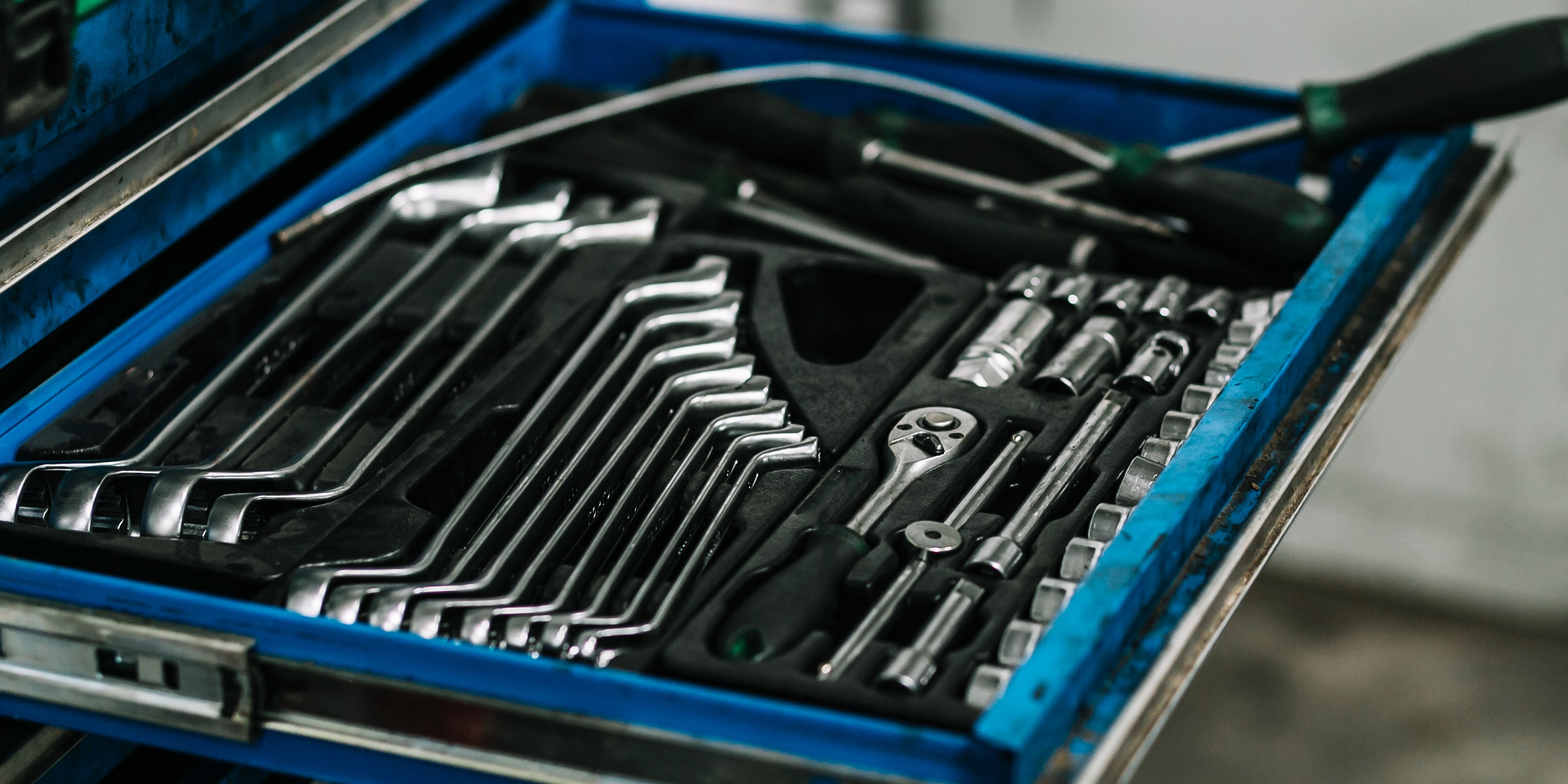
Managing Lengthy Engine Overhauls: How Independent Shops Can Keep Big Jobs on Track
Walk into any heavy-duty repair shop and you’ll likely see one thing in common: a truck in pieces, an engine block mid-rebuild, and a whiteboard scribbled with vague notes that may or may not reflect reality. What was supposed to be a two-week overhaul is now entering week four. The parts are “on the way,” the tech has been pulled to three other jobs, and the customer is calling daily, asking for updates. Sound familiar?
For independent and mid-sized shops, this isn’t just annoying - it’s expensive. Every day a truck sits dead in your bay is a day it’s not on the road earning for your customer, and not billing for you. Managing lengthy engine overhauls isn’t just about technical skill. It’s a time management problem. And if you don’t control the clock, the job will control you.
The Usual Suspects: Why Overhauls Spiral Out of Control
Big jobs don’t fall behind because of one big issue. They unravel from a dozen small ones. Let’s start with the most common.
Parts are the number one reason engine rebuilds stall. You pull it apart, discover damage not on the original estimate, and the part’s either unavailable or on national backorder. Suddenly, you’re two weeks deep into a repair with no clear ETA. And even in “normal” times, it’s the basics - gaskets, sensors, fittings - that go missing. Without strict parts control up front, the clock starts bleeding.
Communication gaps are another hidden killer. The tech doesn’t know the part has arrived. The service writer thinks the customer approved the camshaft replacement. The parts guy ordered from the wrong supplier. One dropped handoff and the whole schedule shifts. These moments feel small but accumulate hours, even days.
Then there’s poor upfront planning. You get the green light and go straight into teardown without fully mapping the rebuild: no step-by-step plan, no milestones, no review of external services like the machine shop. Now you’re reacting instead of executing. By the time you realize the head is at a bottlenecked shop with a 4-day turnaround, you’ve already burned your week.
And let’s not forget scope creep - the job grows midstream. The customer asks for add-ons. You find more damage. Approvals take time. Parts have to be reordered. And suddenly, your “fixed price” quote starts eating margin fast.
There’s also labor juggling, especially in small shops. Your top tech - the one who knows this engine inside and out - gets pulled for another urgent job. Or he’s out sick. Or you only have one guy who can even handle this engine family. Overhauls get delayed not because the team can’t do the work, but because they’re spread too thin.
Field jobs? Multiply the risk. Bad weather, missing tools, no Wi-Fi, and forgotten fittings that mean someone’s driving two hours back to the shop for a $3 part. Field overhauls require a whole new level of discipline.
Win the Job Before You Start
There’s a saying in project work: “If you fail to plan, you’re planning to fail.” Nowhere is that truer than in engine overhauls.
Before you touch a wrench, do a full diagnosis. Run compression tests. Inspect external components. Find every likely issue up front so you can build an accurate parts list - and quote. Surprises will still happen, but you can eliminate the predictable ones. That saves time, money, and awkward customer calls mid-repair.
Gather every part and tool before you start. Don’t rely on “should be here by Tuesday.” Stage the kit. If you don’t have it in hand, don’t schedule the job. Period. Every hour your tech spends waiting at the parts counter is overhead, not income.
Then, write the job plan like a project manager would. Outline each phase of the job: teardown, inspection, machine work, reassembly, testing. Assign realistic timelines to each phase. Build in a buffer for delays - not to pad the bill, but to avoid the chaos that starts when you promise Friday delivery and it’s still apart on Thursday.
If the job’s in the field, double the prep. Bring spares of everything. Bring the manuals - offline. Pre-stage tools. Check the weather. If your tech’s out on-site and short a part or tool, that’s not just a delay - that’s a shutdown.
Staying on Schedule Isn’t Micromanaging - It’s Managing
Once the job’s underway, check progress against your plan daily. Not weekly. Daily.
Define milestones - teardown complete, all parts received, engine reassembled, engine tested. Use those markers to track if you're on schedule or already falling behind. If teardown runs long, you need to know now, not two days later when reassembly was supposed to start.
Quick daily check-ins matter. Five minutes in the morning with your tech and service writer can prevent five hours of wasted time. Did the machine shop confirm return time? Are we still good for testing Friday? Is that new injector in yet? Small adjustments early save big delays later.
And post the schedule where everyone can see it. If the team sees “Truck 312 Engine Rebuild - Test Fire Friday,” it becomes real. It becomes a priority. Visibility drives accountability.
Track hours, too. Not just calendar days. If you quoted 50 hours and you’re at 40 with reassembly still to go, you’re burning margin. Either the job was underquoted, or the execution is falling off. Don’t wait for the final invoice to do the math.
Assign the Right People, and Keep Them Focused
Continuity is critical. Ideally, the same tech who tore the engine down should put it back together. They know what came apart, how it was laid out, and what issues they saw along the way. Swapping techs mid-job invites rework and missed steps.
Block the time. If it’s a 40-hour job, don’t let your lead tech get pulled to four other jobs that week. The temptation to grab “quick wins” can ruin a long job’s timeline. Prioritize the big rocks - schedule them first, and fit smaller work around them, not the other way around.
Interruptions matter. Every time a tech is pulled away - to answer a call, help another tech, grab a missing tool - the job slows. Not just by the minutes lost, but by the mental reset it takes to get back into flow. Protect that wrench time.
And if you see early that you’re falling behind, make the call to add overtime, a helper, or shift work before you’re in deadline panic. It’s cheaper to add 5 hours of OT than lose the customer because the job ran a week late.
Don’t Let the Customer Sit in the Dark
Your customer doesn’t just want their truck back. They want to feel in control - even when it’s you doing the work.
Set the tone up front. Be clear about the process: “We’ll inspect first, update you by Wednesday, and confirm the full estimate.” Don’t lowball or overpromise. Under-promise and over-deliver builds trust. The opposite kills it.
Update regularly, even if there’s no change. A five-line text on Friday can keep you out of hot water: “Still on track. Parts due Monday. Head comes back Tuesday. We’ll start reassembly mid-week.” That’s all they need - visibility.
When you hit scope changes, handle them clean. Lay out the options, the costs, and the timeline impact. Get sign-off in writing, even if it’s just a text confirmation. This isn’t just protection - it’s professionalism.
Tools That Actually Help
Still using paper tickets and a smeared whiteboard? You’re flying blind. For long jobs especially, digital job tracking isn’t a luxury - it’s a necessity.
Modern shop software gives you real-time updates, milestone tracking, technician assignments, and even customer notifications. It reduces misunderstandings, avoids missed parts, and builds a digital paper trail. It’s faster, cleaner, and more accurate. You can’t afford not to have it on these big jobs.
But whether you use software or not, the principle’s the same: centralize the information. One job sheet, one calendar, one system everyone uses. Chaos thrives in confusion. Kill the confusion, and you kill half your delays.
Final Word
An engine overhaul is never going to be easy. It’s complex, messy, and full of variables. But it doesn’t have to be unpredictable. And it sure as hell doesn’t have to be a month-long headache.
The shops that win on these jobs are the ones that approach them like a mission. They plan with discipline. They manage progress like pros. They guard wrench time like it’s profit - because it is. And they communicate clearly, inside and out.
You already know how to build engines. This is about building better systems around the work. Less chaos, more control. And faster turnarounds that actually get billed.
Because a truck on the road is value. A truck stuck in your bay is liability. And time, in this game, is everything.
.png?width=1500&height=1500&name=11%20(1).png)








.png?width=1500&height=1500&name=1%20(1).png)

%20-%20Copy.png?width=1500&height=1500&name=2%20(1)%20-%20Copy.png)



